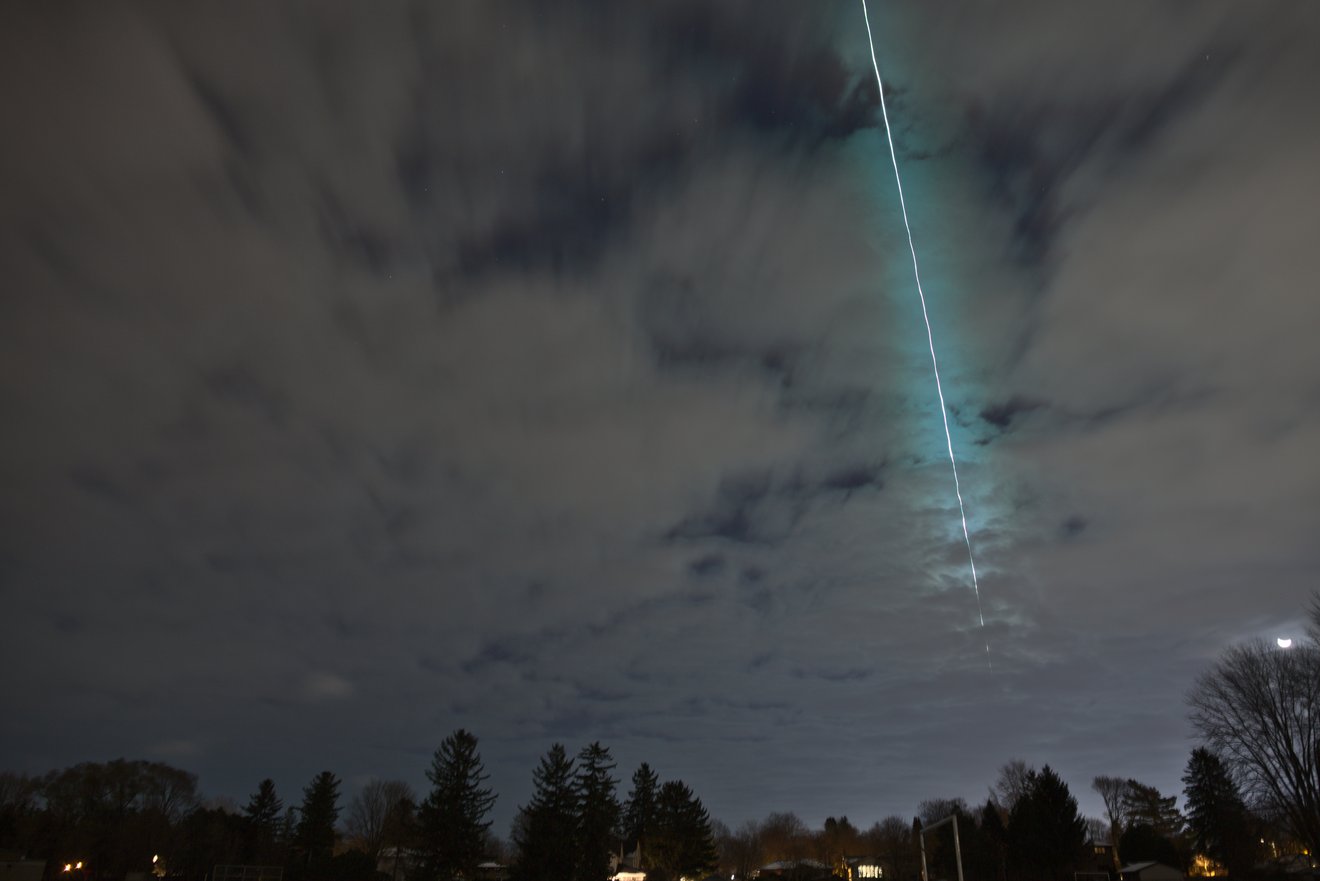Tiny asteroid streaks across the sky in Canada: Here's what NASA has to say

A tiny asteroid, named 2022 WJ1, streaked across the sky high in Earth's atmosphere, broke up, and likely scattered small meteorites over the southern coastline of Lake Ontario in Canada on November 19, NASA said on Tuesday.
The agency's Scout impact hazard assessment system calculated where and when the asteroid would hit on Earth ahead of the impact. The asteroid was detected more than 3 hours before impact, making this event the sixth time in history a small asteroid has been tracked in space before impacting Earth's atmosphere.
As predicted, at 3:27 a.m. EST, the asteroid streaked through Earth's atmosphere at a shallow angle and broke up, likely producing a shower of small meteorites and leaving no reported damage on the surface.
"Such small asteroids are not a hazard to Earth, but they can be a useful test for NASA's planetary defense capabilities for discovery, tracking, orbit determination, and impact prediction," NASA said in a statement.
The NASA-funded Catalina Sky Survey discovered the asteroid on the evening of November 18 during routine search operations for near-Earth objects (NEOs). The observations were quickly reported to the Minor Planet Center (MPC) and the data was then automatically posted to the Near-Earth Object Confirmation Page.
The data was automatically fetched by NASA's Scout impact hazard assessment system from the page, which then calculated the object's possible trajectory and chances of impact.
"Small objects such as this one can only be detected when they are very close to Earth, so if they are headed for an impact, time is of the essence to collect as many observations as possible. This object was discovered early enough that the planetary defense community could provide more observations, which Scout then used to confirm the impact and predict where and when the asteroid was going to hit," said Shantanu Naidu, navigation engineer and Scout operator at JPL.
A tiny asteroid harmlessly lit up the sky in Canada on Nov. 19 – and astronomers saw it coming. It was detected 3.5 hours before impact, and then @NASA’s Scout impact hazard assessment system calculated where and when it would enter Earth’s atmosphere. https://t.co/Z7bxwdt2zP pic.twitter.com/RXPhUViR98
— NASA JPL (@NASAJPL) November 23, 2022
- READ MORE ON:
- near-Earth objects
- asteroid Canada impact
- asteroids
- NASA










